Archaeological Finds Under the Church of the Nativity
Discover the archaeological discoveries beneath the Church of the Nativity in Bethlehem. From ancient mosaics to hidden caves, explore the history and evidence that reveal 2,000 years of faith and tradition.
8/30/20259 min read
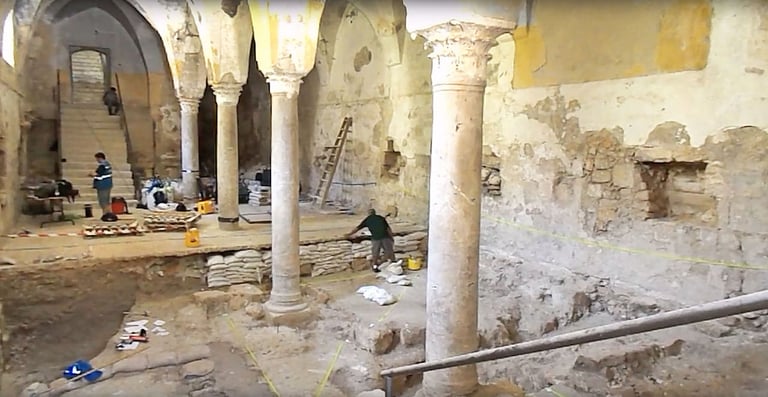

FAQ: Church of the Nativity in Bethlehem
Q: Why is the Church of the Nativity historically important?
A: Built in the 4th century over the traditional birthplace of Jesus, it’s one of the oldest continuously operating Christian sites, with layers added by Constantine, Justinian, Crusaders, and Ottomans.
Q: What archaeological discoveries exist beneath the church?
A: Excavations revealed Byzantine mosaics, ancient grottoes, cave dwellings, and Roman-Byzantine water systems, showing centuries of faith, daily life, and sophisticated engineering beneath the church.
Q: How do modern studies enhance understanding of the site?
A: Recent UNESCO-led projects use 3D mapping, ground-penetrating radar, and conservation work to explore hidden floors, uncover Roman-era artifacts, and preserve mosaics while revealing 1st-century Bethlehem life.
The Historical Importance of the Church of the Nativity
Early Excavations Beneath the Church
Byzantine Mosaics and Hidden Floors
Subterranean Caves and Sacred Grottos
Water Systems and Ancient Infrastructure
Recent Archaeological Projects and Discoveries

Introduction
“Did you know the Church of the Nativity in Bethlehem is not only one of Christianity’s holiest sites but also a UNESCO World Heritage treasure hiding centuries of archaeology beneath its stones?” This iconic church stands at the crossroads of faith, history, and discovery—where sacred tradition meets buried mosaics, hidden grottos, ancient infrastructure, and even modern excavations. In this article, we’ll explore the church’s layered story, drawing on UNESCO reports, archaeological findings, and ongoing scholarly debates to uncover why the Nativity is as much an archaeological marvel as it is a spiritual landmark.
The Historical Importance of the Church of the Nativity
Whenever I think about the Church of the Nativity in Bethlehem, I can’t help but feel awe at how many layers of history are held within its walls. This isn’t just another church—it’s one of the oldest continuously operating Christian sites in the world, and it stands directly over the grotto where tradition tells us Jesus was born.
The story begins in the early 4th century when Emperor Constantine ordered a basilica to be built on the very spot identified by his mother, St. Helena, during her pilgrimage to the Holy Land around 330 AD. Imagine the devotion it must have taken for Helena to seek out this sacred place, ensuring that generations to come could venerate it.
Of course, history is rarely smooth. The original basilica was damaged and later rebuilt under Emperor Justinian in the 6th century, giving the church much of its current form. Over the centuries, Crusaders, Ottomans, and modern preservationists have each left their mark. Archaeologists often describe the church as a “palimpsest” of Christian history—a manuscript written and rewritten over time, yet never erasing the story beneath.
Ancient writers like Eusebius of Caesarea documented its origins, and today, modern scholars widely agree on its extraordinary authenticity. To me, walking through its ancient halls feels like stepping into a living witness of both faith and history.
Reflection Tip: If you ever plan a visit, spend time not just in the grotto but also studying the mosaics and wooden beams above. They whisper centuries of stories to anyone who pauses long enough to listen.
👉 For families who want to bring a piece of Bethlehem home, I often recommend starting with a wooden Nativity set crafted in the Holy Land. It’s a beautiful way to connect your family’s tradition to the very place where the story began.




Early Excavations Beneath the Church
The Church of the Nativity has long stirred the curiosity of explorers and scholars. By the 19th century, European archaeologists began conducting the first formal surveys beneath its floors. These early efforts were often led by Catholic, Orthodox, and Protestant groups, each bringing not only scholarly interest but also their own religious and political motivations. It’s fascinating—and sometimes a little sobering—to see how faith and rivalry shaped the way the past was unearthed.
The tools and methods available at the time were quite limited. Without modern technology like ground-penetrating radar or digital mapping, excavators relied on selective digging and careful observation. That meant they uncovered important details but also overlooked much that we now consider essential. Still, their reports remain invaluable. Early records—such as travel notes and excavation accounts published in the late 1800s—offer a first glimpse into the physical layers beneath this sacred site.
Yes, these writings carry biases, but they also laid the groundwork for today’s more advanced studies. In that sense, they remind me of how even imperfect beginnings can spark discoveries that endure.
Reflection Tip: If you’re curious, many of these early reports are digitized online through academic archives—an inspiring resource for anyone who loves exploring the historical Nativity traditions from both a scholarly and devotional lens.
👉 For a tangible connection at home, I often suggest a Nativity scene paired with a short history book. It’s a wonderful way to celebrate Christmas while deepening your appreciation for the archaeology that preserves its story.
Byzantine Mosaics and Hidden Floors
One of the most magical aspects of the Church of the Nativity is discovering what lies just beneath your feet. During recent restoration efforts from 2013 to 2020, experts revealed intricate Byzantine mosaics tucked under the church’s worn wooden floors—artwork that had been hidden for centuries. Standing above glass panels installed to protect the mosaics, I remember feeling a mix of awe and humility, as if I were gazing directly into a window of history.
These mosaics are remarkable not just for their age, but for their artistry. Greek inscriptions, geometric patterns, and delicate Christian iconography speak to a time when faith and craftsmanship intertwined so beautifully. Every tiny tile reflects a devotion that has survived wars, neglect, and countless footsteps above.
Preserving such treasures is no small feat. Humidity, continuous foot traffic, and centuries of wear pose constant threats. UNESCO and international restoration teams have carefully documented each intervention, ensuring that the mosaics remain stable while allowing visitors to experience their beauty safely. These efforts are a powerful reminder of how fragile, yet enduring, cultural heritage can be.
Reflection Tip: If you visit, take a moment to pause on the viewing platforms. Try to imagine the artisans placing each tessera, knowing their work would outlast empires. For families looking to bring a piece of this wonder home, a detailed Byzantine-inspired Nativity set can beautifully echo the geometric and symbolic elegance you see under the church’s floors.
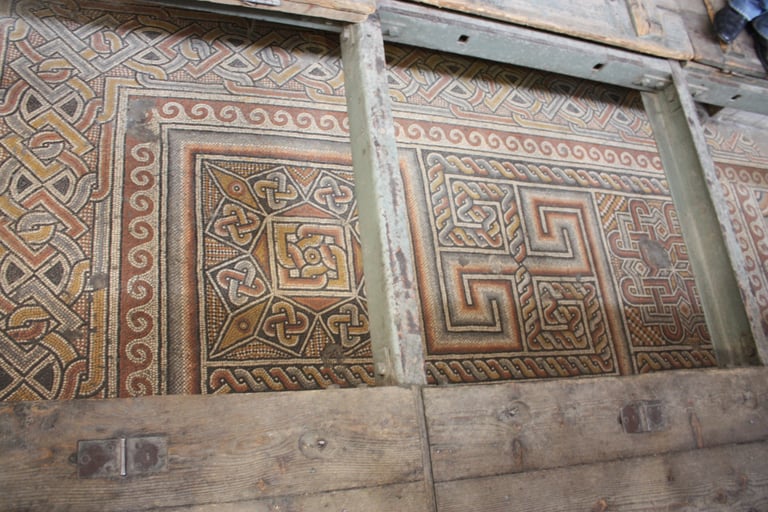

Subterranean Caves and Sacred Grottos
Descending into the subterranean level of the Church of the Nativity always feels like stepping into a sacred secret. At the heart of it lies the Grotto of the Nativity, traditionally recognized as the birthplace of Jesus and marked by a silver star embedded in the floor. For many, this is more than a historical site—it’s a deeply spiritual focal point that invites reflection and wonder.
Archaeologists have found compelling evidence of ancient cave dwellings and adaptations that suggest the grotto was used long before the basilica was built, possibly for both shelter and worship. Smaller adjoining caves reveal a variety of uses over time, from storage and burials to ritual practices, showing how this subterranean space evolved to meet the needs of different communities.
Of course, questions remain. Scholars debate the authenticity of the grotto versus its role as a symbol of devotion. While some biblical archaeology experts examine material evidence critically, traditional church views emphasize continuity of veneration over exact historical proof. Both perspectives enrich our understanding, reminding us that faith and history often coexist in layered, meaningful ways.
Reflection Tip: When you visit, take a moment to pause and look around slowly. Notice the different textures of stone, the subtle carvings, and the way light falls in the grotto. Even if you approach it as a historical site rather than a devotional one, standing there is a powerful way to connect with centuries of human reverence for this sacred space.
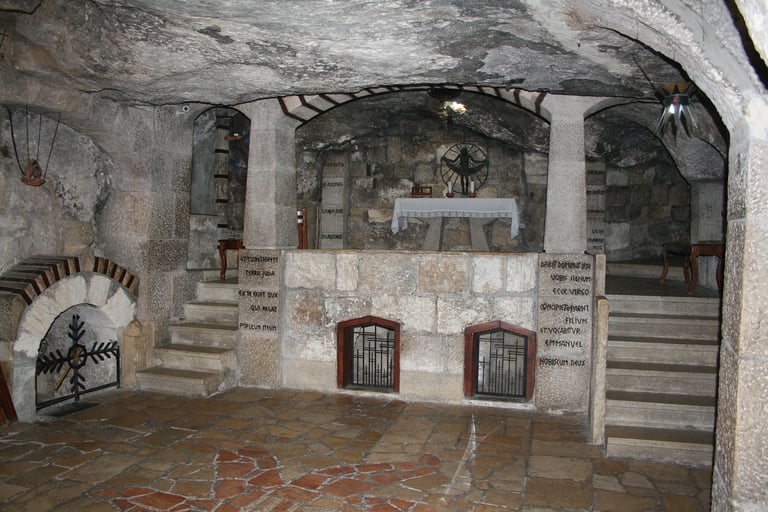

Water Systems and Ancient Infrastructure
One of the lesser-known marvels beneath the Church of the Nativity is its sophisticated water systems. Archaeologists have uncovered cisterns and underground channels that once collected and distributed water throughout the site, a lifeline in the arid landscape of Bethlehem.
These systems reflect the ingenuity of Roman and Byzantine engineering, using gravity, stone conduits, and clever storage techniques to ensure reliable access. Pilgrims, monks, and local communities all relied on this infrastructure—not just for daily needs, but also to sustain the continuous flow of visitors to this sacred site. It’s fascinating to think that long before modern plumbing, people managed to build solutions that were remarkably durable and effective.
Comparisons with other Roman and Byzantine holy sites reveal similar methods, highlighting how advanced engineering traveled alongside religious devotion. Even today, standing near the cisterns, you can almost feel the hum of centuries of life sustained by these hidden channels.
Reflection Tip: When exploring historical sites, pay attention to water features or remnants of infrastructure—they often tell stories just as compelling as the artwork or architecture above ground. Understanding these practical elements can give families and students a fuller sense of how ancient communities lived, worshiped, and thrived.
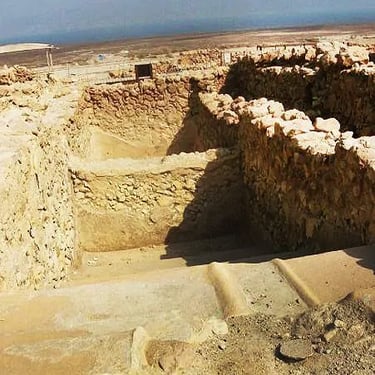

Recent Archaeological Projects and Discoveries
The Church of the Nativity continues to reveal secrets, thanks to modern archaeological and conservation efforts. Between 2013 and 2020, UNESCO partnered with the Palestinian Authority and international teams to stabilize the structure and explore its hidden layers, blending preservation with careful research.
What excites me most is how technology has transformed our understanding of this historic site. Tools like ground-penetrating radar, 3D mapping, and non-invasive excavation methods allow archaeologists to peer beneath the floors without disturbing fragile mosaics or centuries-old stonework. These innovations have uncovered earlier floor levels and traces of Roman-era activity, giving us a richer picture of how this sacred space evolved over millennia.
Published reports from the conservation teams and UNESCO updates highlight not only these discoveries but also the meticulous care taken to maintain authenticity and safety. Walking through the church today, you can feel the interplay of past and present—ancient devotion beneath your feet, paired with modern science protecting it for future generations.
Reflection Tip: If you’re studying historical sites with children or students, try showing them before-and-after maps or 3D reconstructions of discoveries. It’s a tangible way to connect them to the idea that history isn’t just in books—it’s layered beneath our feet, waiting to be explored and appreciated.
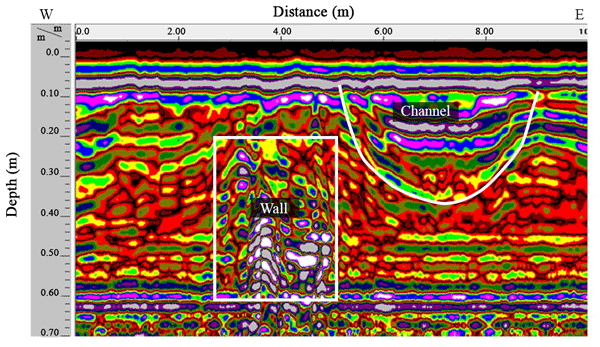

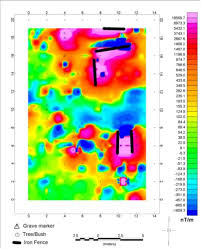

What These Discoveries Reveal About 1st-Century Bethlehem
Exploring the archaeological layers beneath Bethlehem gives us a vivid window into daily life during the time of Jesus’ birth. Excavations reveal a small but bustling town, with modest homes, stone-paved streets, and evidence of local trades and agriculture. Artifacts like pottery, coins, and storage jars paint a picture of an economy shaped by Roman taxation and regional commerce, offering tangible context for Gospel narratives.
Interestingly, some findings align closely with the biblical accounts, such as the presence of modest dwellings and communal spaces that could have housed travelers and shepherds. Other discoveries spark debate, reminding us that archaeology doesn’t always confirm the text literally—but it does enrich our understanding of the historical and cultural landscape that shaped the story of the Nativity. Peer-reviewed studies and biblical archaeology journals provide valuable insights into these layers, allowing scholars and lay enthusiasts alike to navigate evidence with care and curiosity.
For me, standing over these ancient streets or examining artifacts brings a profound sense of connection. Even if some details differ from tradition, these discoveries deepen appreciation for the lived experience of the people in Jesus’ time, offering a bridge between faith and history. They remind us that exploring the past isn’t about proving belief—it’s about enriching it with understanding, wonder, and respect.
Reflection Tip: When discussing Bethlehem with children or students, focus on stories of daily life—like cooking, trading, and family gatherings. These human details make 1st-century history relatable and help families connect faith, tradition, and archaeology in a meaningful way.
Conclusion
From Byzantine mosaics to sacred grottos, every discovery beneath the Church of the Nativity adds another layer to Bethlehem’s remarkable story. Walking through the site today, it’s impossible not to feel the convergence of faith, history, and human ingenuity. The church serves not only as a place of worship but also as a living archaeological site, where each stone and tile tells a story of devotion, craftsmanship, and resilience.
Looking forward, ongoing research promises to reveal even more. Modern technology—3D mapping, ground-penetrating radar, and careful conservation—ensures that future discoveries will be documented and preserved, offering richer insights into the daily life, culture, and faith of 1st-century Bethlehem.
For anyone captivated by the Nativity, there’s a world to explore beyond the surface. Look into scholarly resources, plan a mindful visit, or engage your family with history-inspired activities at home. Every step, whether in person or through study, deepens your connection to both the historical and spiritual dimensions of this sacred place.
